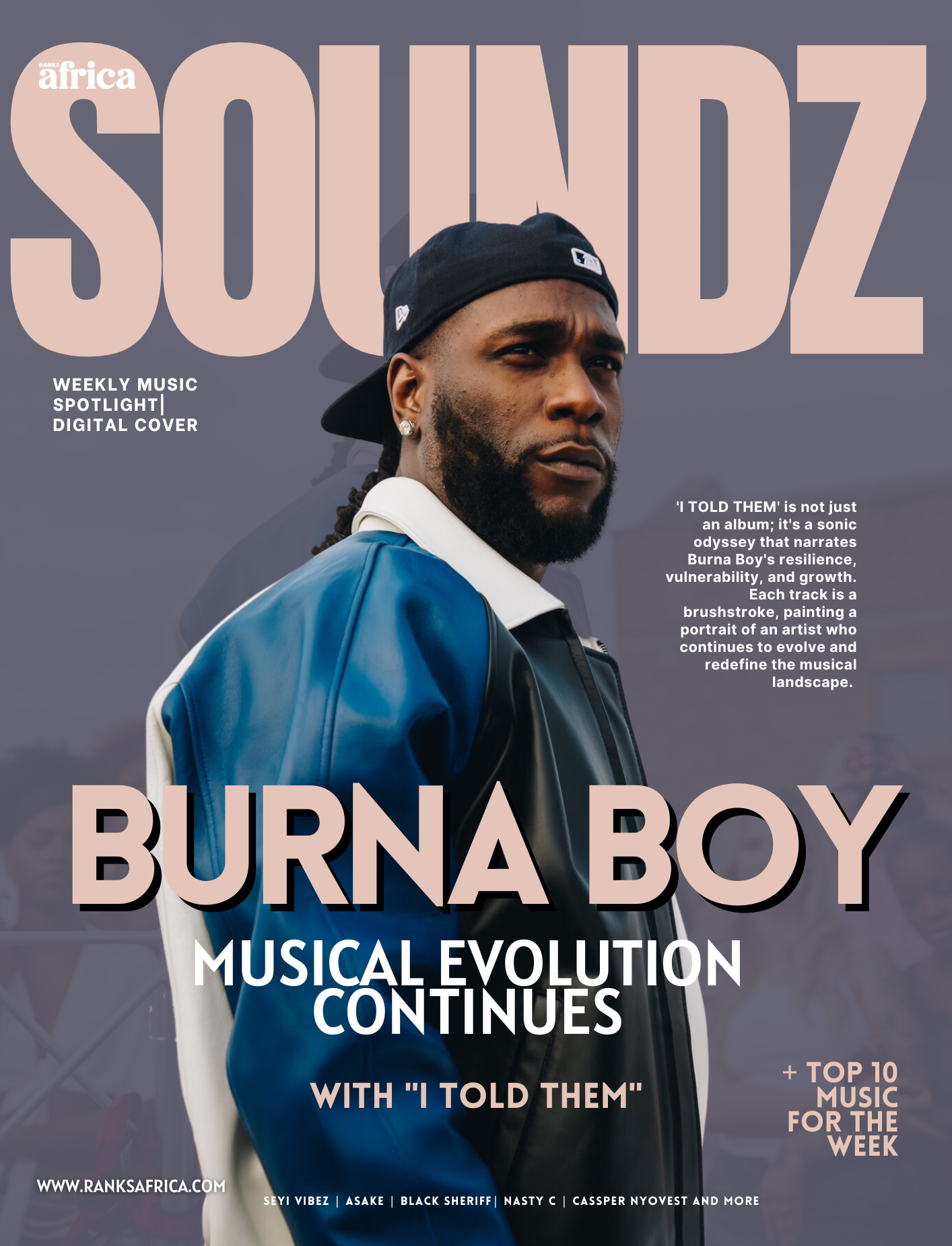The value of the naira saw a significant rise on Sunday in the black market, driven by the increased likelihood of more foreign exchange inflows into Africa’s largest economy.
The positive sentiment, sparked by the government’s promises to bolster dollar liquidity in the foreign exchange market, notably bolstered the local currency.
Street traders were able to purchase dollars at a rate of N901 over the weekend, a notable improvement from the N1,050 rate observed the previous Friday.
On the other hand, in the P2P market, the naira faced a slight setback as it was trading around N980 per dollar during the early hours of Monday.
Operators of domestic exchange bureaus believe that the naira’s recovery and stability against the dollar for the week could be further supported by injecting liquidity into the retail sector of the foreign exchange market.
The Central Bank of Nigeria initiated the clearance of approximately $7 billion in backlog foreign exchange futures contracts last week, a move aimed at providing relief to the naira, local businesses, and the struggling national economy.
The CBN’s leader, Yemi Cardoso, emphasized that the naira will adjust once the rules for market participants become clearer.
The CBN successfully settled outstanding FX futures contracts owed to several banks, including Citigroup, Standard Chartered, and Stanbic IBTC.
While local banks have not yet been completely liquidated, there are indications that they may be next in line.
Nigeria aims to secure around $10 billion in new capital flows to address its foreign exchange backlogs.
Finance Minister Wale Edun also mentioned on Monday that Nigeria anticipates foreign exchange inflows of $10 billion in the coming weeks to enhance liquidity in the foreign exchange market.
Although he did not provide specific details, these inflows are expected to come from the issuance of dollar instruments, oil sales, and foreign investments.
In terms of external factors, the naira faces fewer shocks from the US Federal Reserve, which has decided to maintain its key interest rate band between 5.25% and 5.50%, marking the second time it has done so at its November meeting.
This decision is driven by persistent concerns about inflation despite robust economic growth in the third quarter and a significant increase in employment.
The Fed’s benchmark rate remains at its highest level in 22 years following a series of rate hikes initiated in March 2022 to combat inflation.
Growing worries about a potential recession arise as US long-term interest rates reached a 16-year high of 5% in October, coupled with rising Treasury yields.
Furthermore, there is uncertainty regarding US consumer spending, particularly as student loan payments resume after being suspended due to the COVID-19 pandemic.




